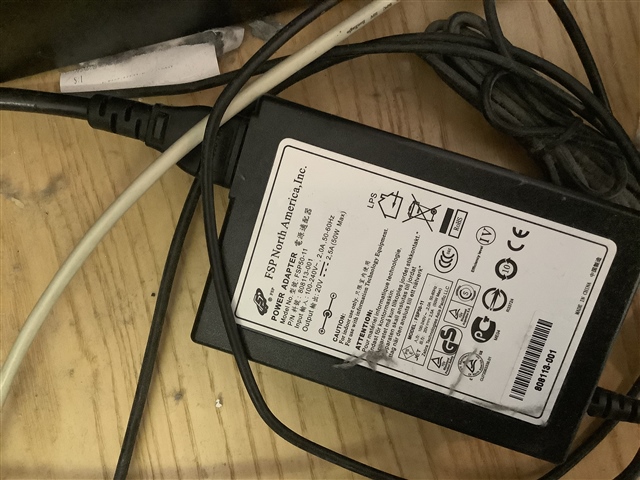Has the guidance on minimum insulation resistance changed in the new OSG?? I subscribe to the IET electronic versions, the current online IET OSG says that further investigation is required below 20Mohms rather than the previous versions advising further investigation below 2 Megohms? Is this just an electronic typo or has thid guidance changed.


